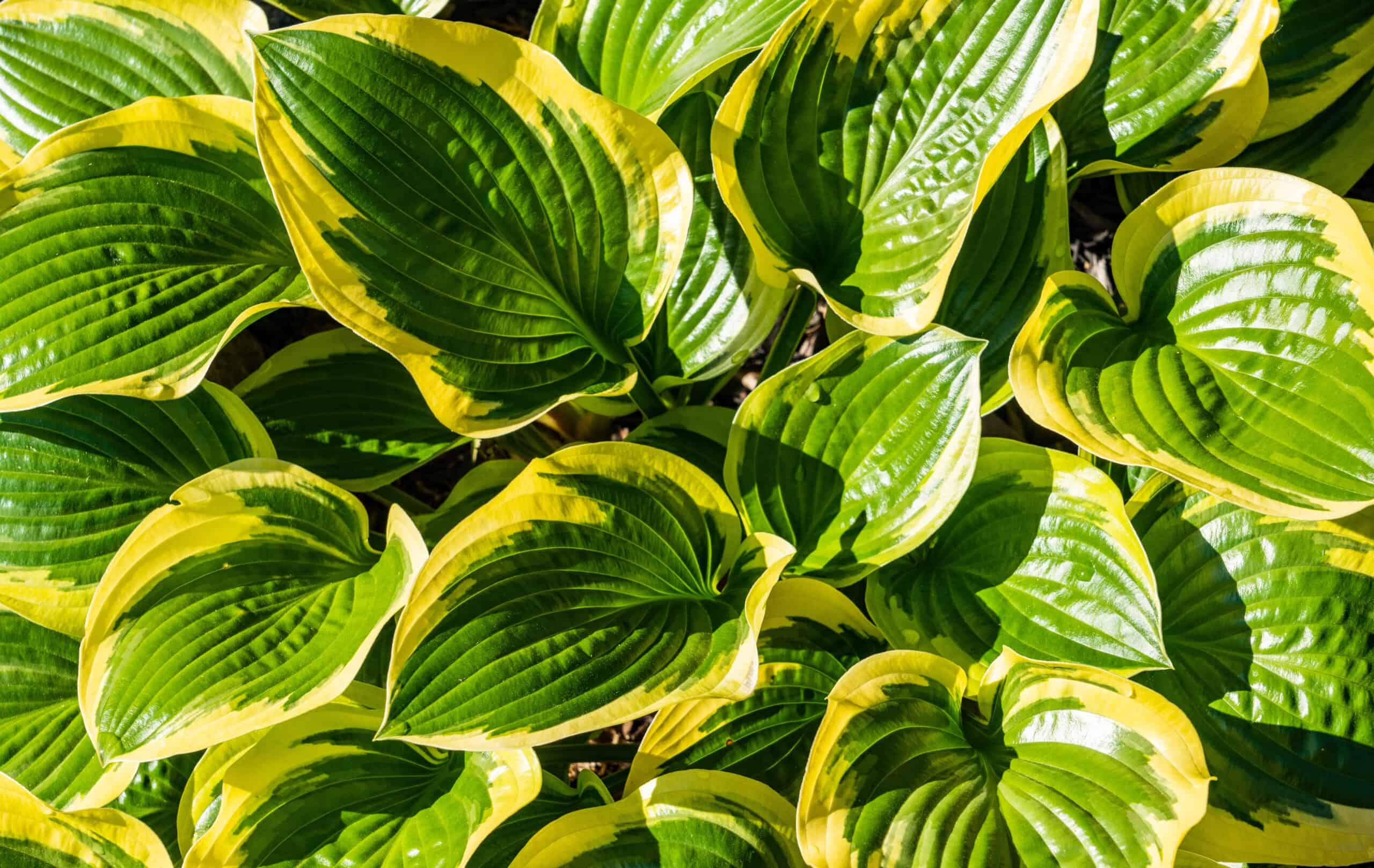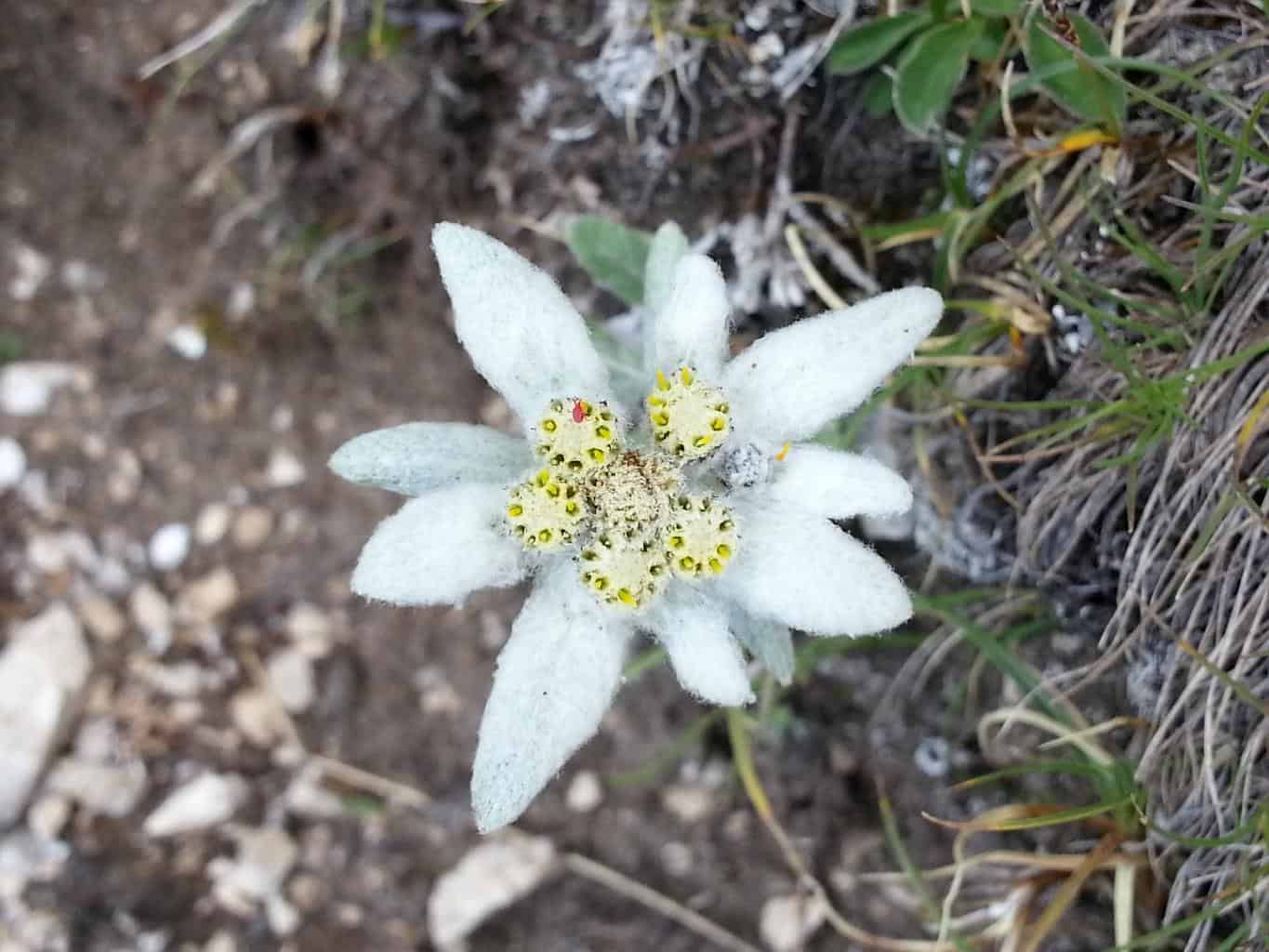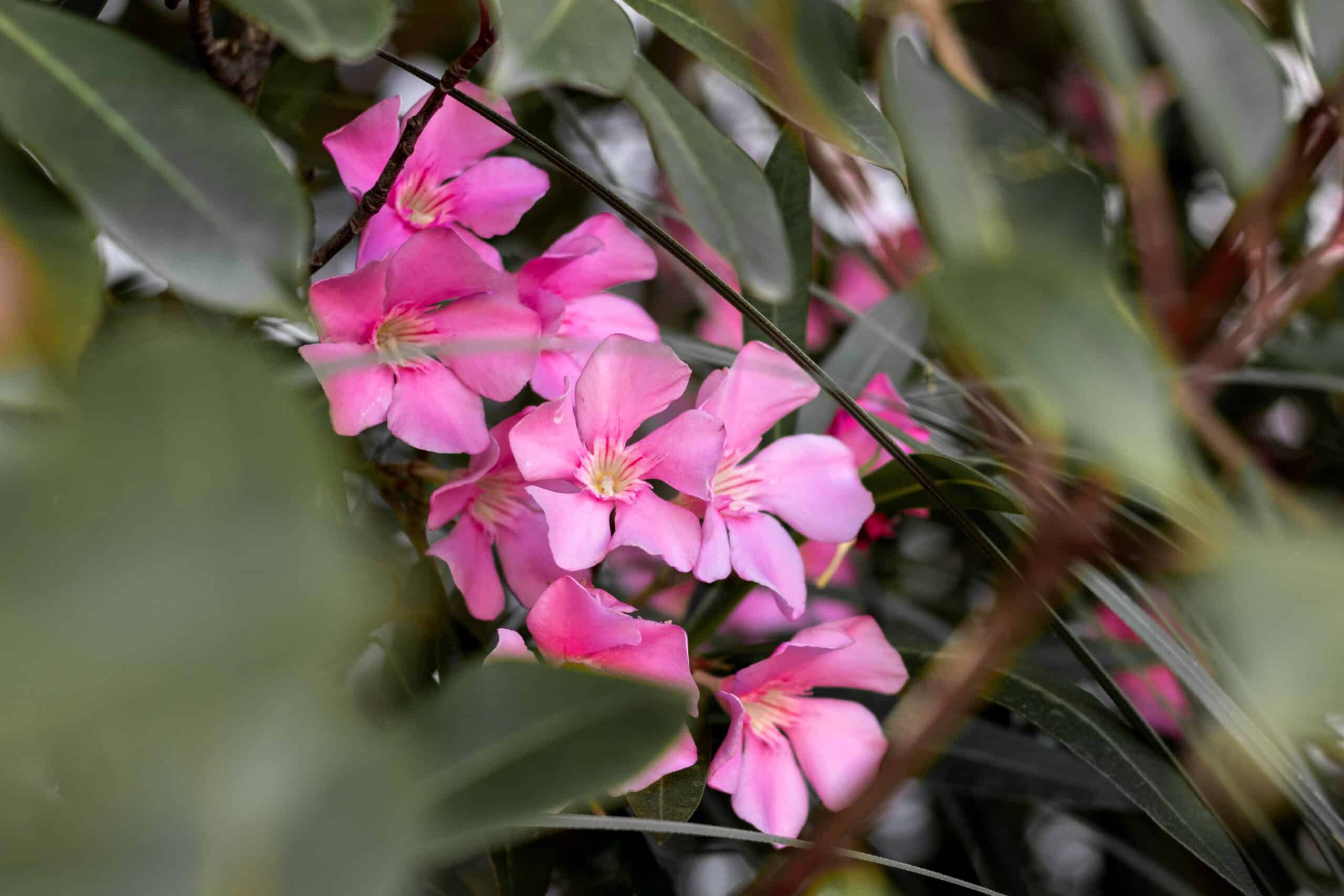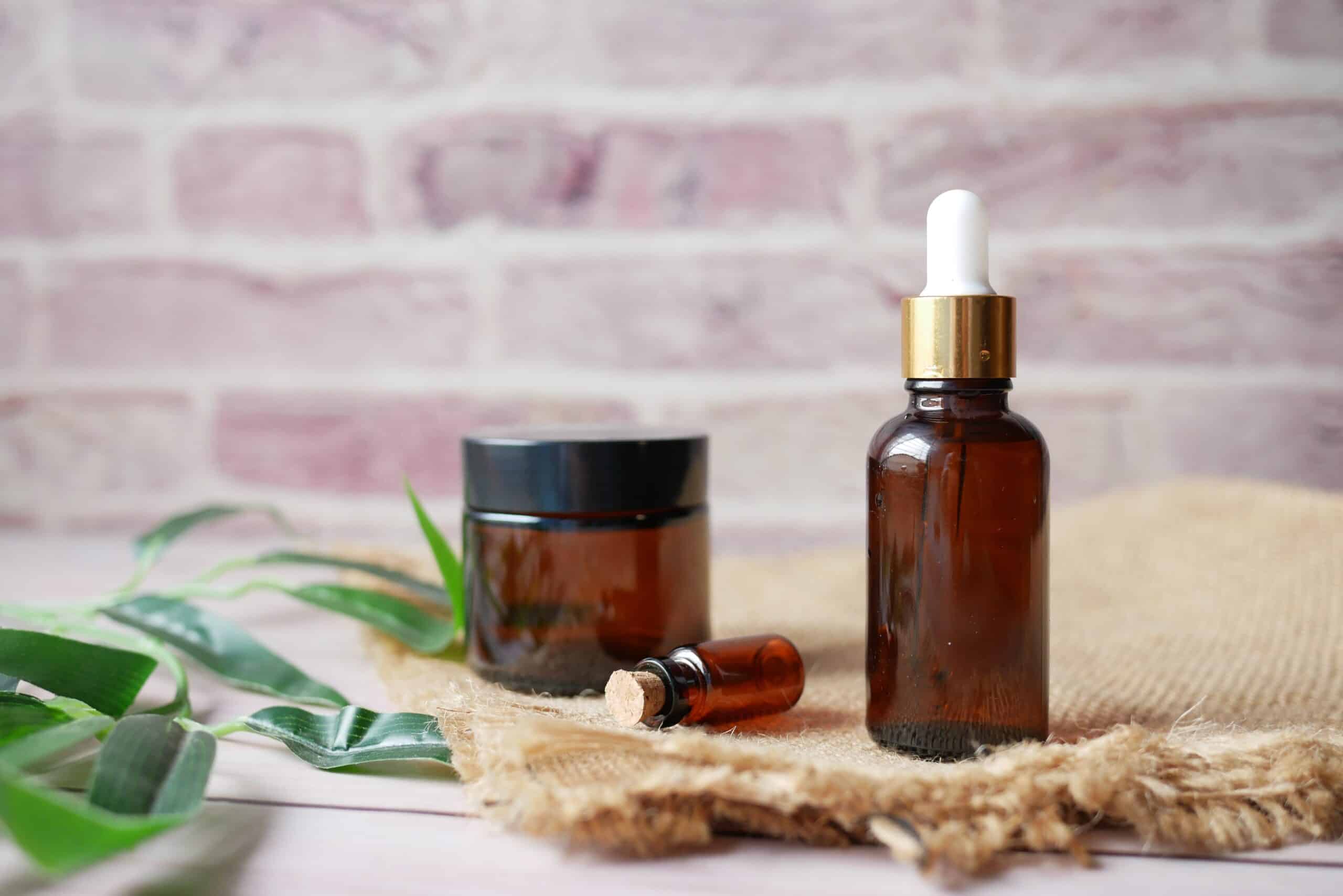Hostas are beautiful plants that add color and texture to your gardens. They also provide food for birds and butterflies. You’ll need basic information about their care and growth habits, and soon you will be ready to know how to Grow hostas in your garden.
Hostas come from the genus hosta, which has over 300 species worldwide. The common name came from the Austrian botanist Nicholas Thomas Host. These plants are native to Asia but are now cultivated worldwide.
Hostas are low-maintenance perennials that require little water or fertilizer. They prefer well-drained soil and full sun. Most varieties tolerate shade, but they won’t thrive under direct sunlight.
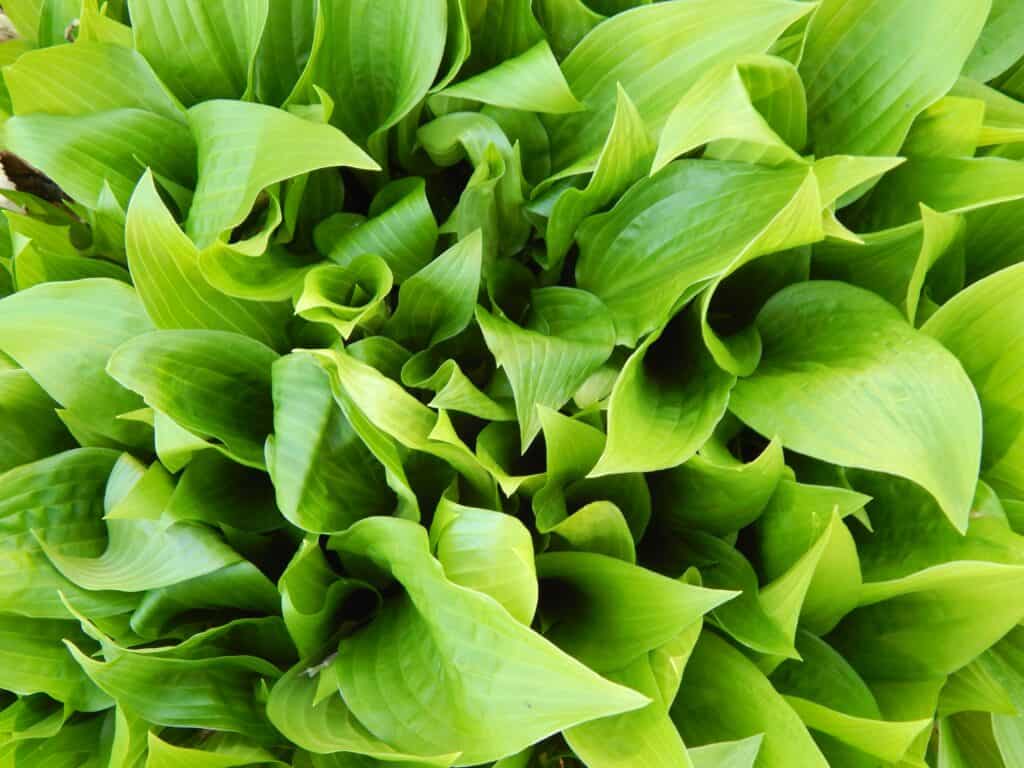
How to Grow Hostas in your Garden
Hostas are easy to grow and thrive in many different types of soils. They do well in full sun and require little maintenance once established. The flowers come in a wide range of colors and shapes, making them perfect for adding color to your garden.
- Transplanting Seed Grown Hostas
Hosta seedlings are easy to transplant. To start growing hostas indoors, it’s important to prepare the soil properly. This includes adding composted manure or fertilizer to the planting bed. You can use a garden trowel to mix the ingredients. Then, add water until the mixture becomes moist. Wait about three weeks before sowing the seed. Sow the seed thinly across the surface of the soil. Cover the seeds with a thin layer of mulch. Water thoroughly. Remove weeds regularly. Keep the area shaded during the hot summer months. After the hostas begin to sprout, move them outside once the weather warms up.
- Growing From Seed Indoors
Hosta seeds are easy to grow indoors. They require no special care beyond keeping them moist and dark. You can start seedlings anywhere you want. Keep them out of direct sunlight. Cover the pot with plastic and wrap it loosely with newspaper if temperatures drop too low.
You can buy hosta plants online or at garden centers. Start seeds early in spring and transplant them into individual pots about six weeks later. When planting outdoors, plant them immediately after the soil warms up. In colder climates, wait until late summer or fall.
- Temperature and Humidity
Hosta plants are easy to grow and care for. If you live in hot weather, it’s best to plant them indoors during winter. In colder climates, it’s better to plant them outdoors. You can use potting soil or compost as the base for planting. Water regularly, especially during dry spells.
To avoid disease, water the plants thoroughly and give them ample light. Avoid wet feet. Keep away from lawn fertilizers and pesticides.
- Watering
In the springtime, it’s essential to keep your hostas watered. This is especially true during dry spells. If you live in an area with frequent droughts, you’ll want to provide enough moisture for your plants. You want to do it sparingly, though. Too much water can cause root rot.
- Mulch
You won’t want to mulch around your hostas’ crowns because that could lead to weed growth. Instead, you can choose a material that won’t interfere with the roots. Some examples include pine needles, straws, wood chips, or bark.
- Don’t Let Soil Accumulate Water
When watering your hostas, avoid letting the soil become saturated. If you notice the soil is soggy, wait until later in the day to water again. In addition, could you try to avoid overwatering your plants? A good rule of thumb is to allow the soil to feel damp but not wet.
- Fertilizer
If you have access to organic materials like compost, you should use them when starting new hostas. Compost will help feed your plants throughout their lifecycle. It also helps prevent diseases such as powdery mildew.
- Pruning and Maintenance
Hostas are easy to maintain and require minimal attention. You don’t need to water them often and shouldn’t trim the foliage. This allows them to develop strong roots and retain soil moisture. If you do prune hosta stems, make sure to keep the leaves intact. Cutting off the leaves prevents light from reaching the plant’s crown, which inhibits growth.
Please don’t cut the leaves down to the stem. The plant retains access to nutrients and water as long as the leaves remain attached. Removing the leaves encourages pests such as aphids and spider mites to move into the hosta.
Remove dead or damaged leaves if necessary. Dead leaves prevent sunlight from reaching the plant’s growing tips, resulting in stunted growth. Cut away damaged leaves to encourage healthier growth.
Misting plants helps them deal with extreme temperatures. When it gets too hot, misting keeps the air around the plant cool and moist.
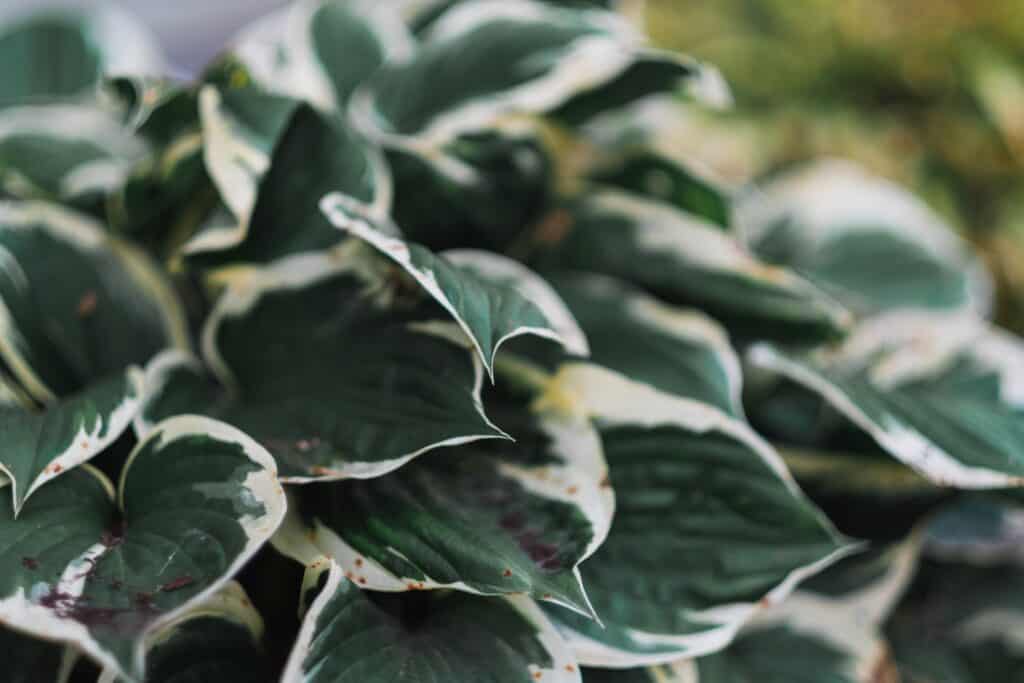
Potting and Repotting Hosta
It’s important to repot your hostas every two years. The reason why is that they grow quickly and can outgrow their containers. Remove any old soil before adding fresh potting mix to ensure healthy growth.
Use a sharp knife to cut back the roots of your hostas. Remove all the dirt and debris from the bottom of the container. Then add some fresh potting mix. Be careful it doesn’t disturb the roots while removing the old soil.
Use a trowel to fill the holes left by the roots. Add more potting mix so that it comes up halfway through the hole. Fill up the rest space with soil.
Repot after the first year. After one season, you may notice that the roots begin to spread outward. That’s okay! Just to let you know, the plant must go back into its original container.
Repot after the second year. I would like you to consider moving your hostas to larger pots at this stage. They’ll continue to grow well in these larger containers.
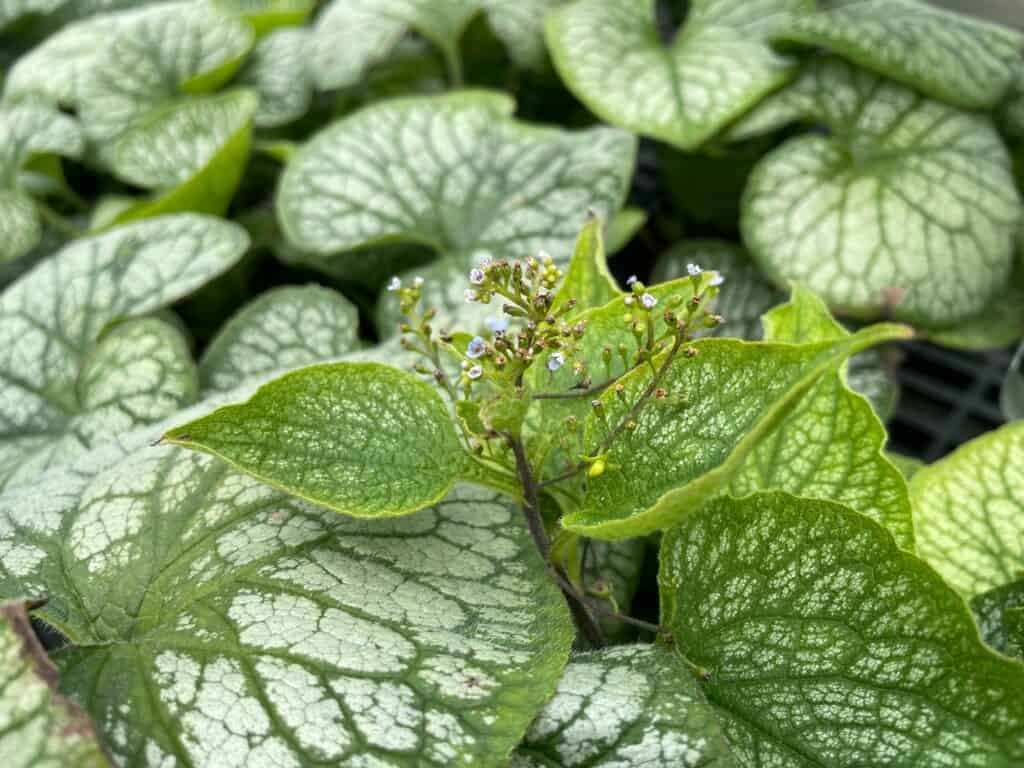
Hostas Diseases & Pests
Hostas receive love and affection from many animals that feed on their leaves. We listed the major culprits but remember that big animals, like deers, love hostas’ leaves too.
- Aphids: Aphids are small insects that are the reason to suck sap from plants. These pests usually congregate on the underside of leaves. They’re most common during the spring and summer months.
- Spider Mites: Spider mites are tiny arachnids that live on the undersides of leaves. They cause unsightly webbing between leaf veins.
- Whiteflies: Whiteflies are small flying insects that look similar to aphids. They tend to congregate on the tops of leaves.
- Slugs: Slugs are slimy creatures that eat plants. They prefer damp environments and hide under rocks and logs.
- Caterpillars: Caterpillars are large, hairy larvae that eat leaves. They’re commonly found on hostas.
- Leafminers: Leafminers are small caterpillar-like insects that feed on the undersides of hosta leaves.
- Fungus Gnats: Fungus gnats are winged adults that lay eggs in wet areas. Their larvae then hatch and consume fungi.
- Leafhoppers: Leafhoppers are small insects that hop along the edges of leaves. They bite the leaves and inject saliva, causing damage.
What we love from Amazon this week
Buy these wonderful flowers directly from Amazon:


